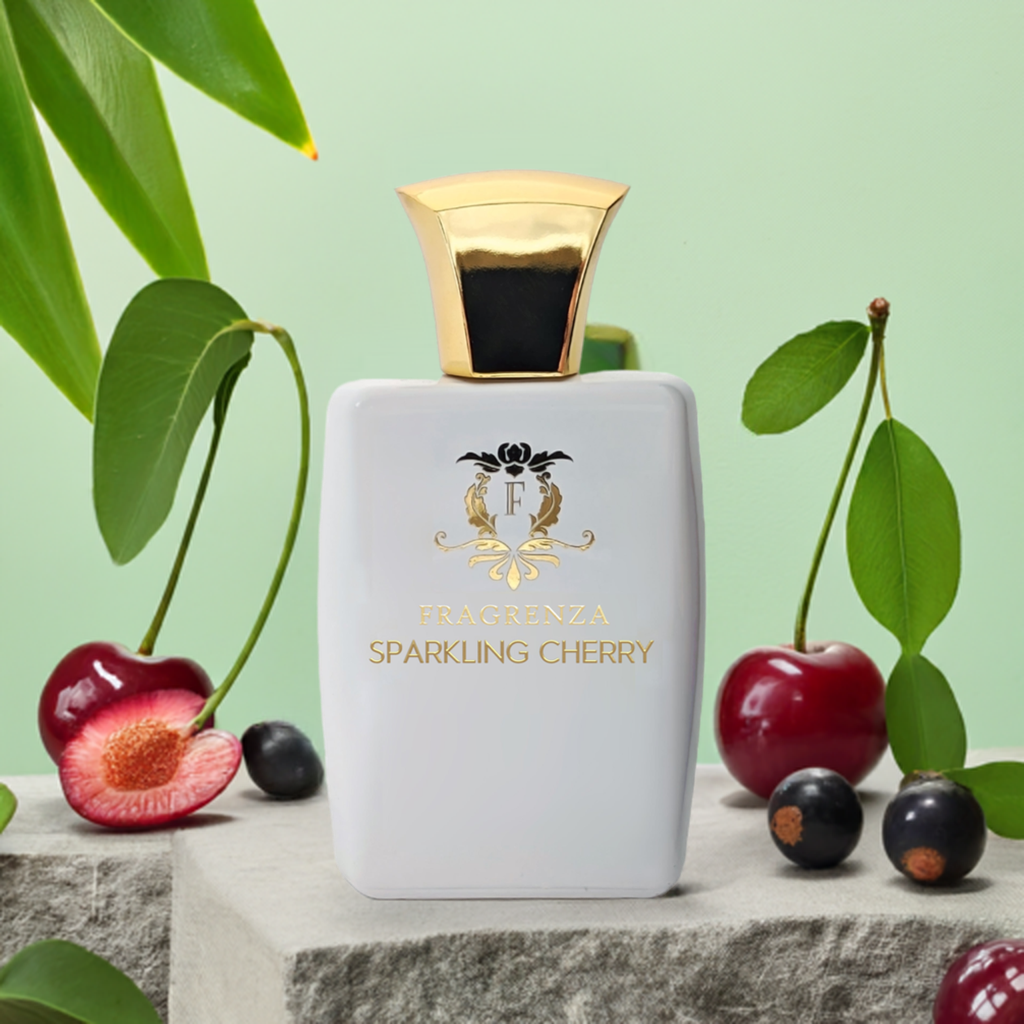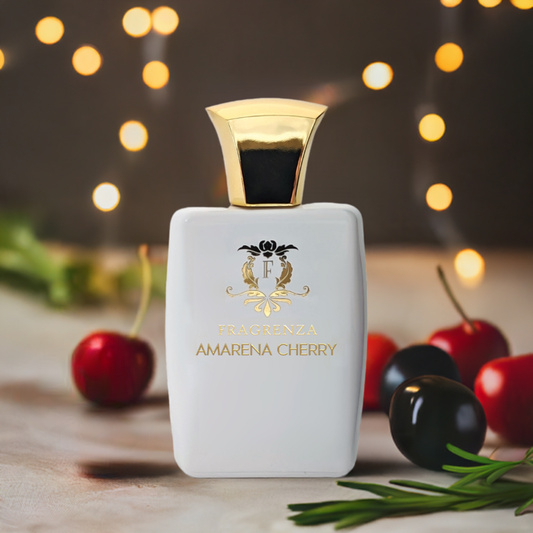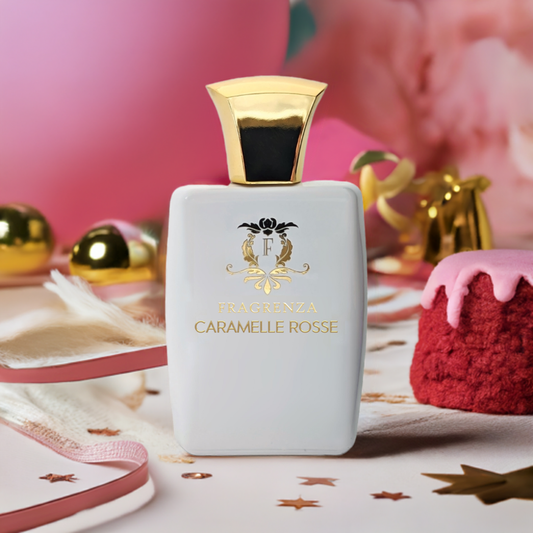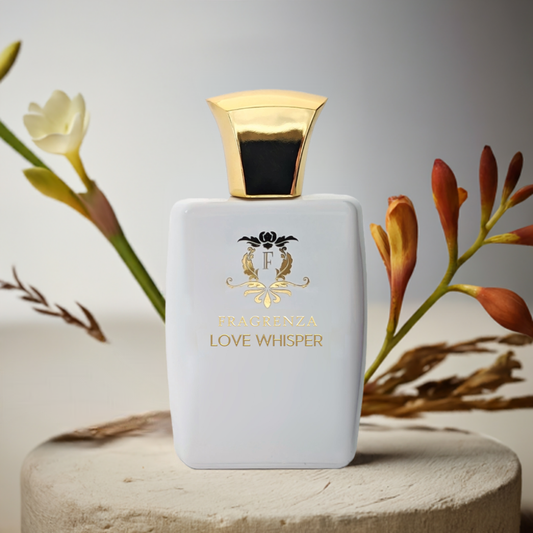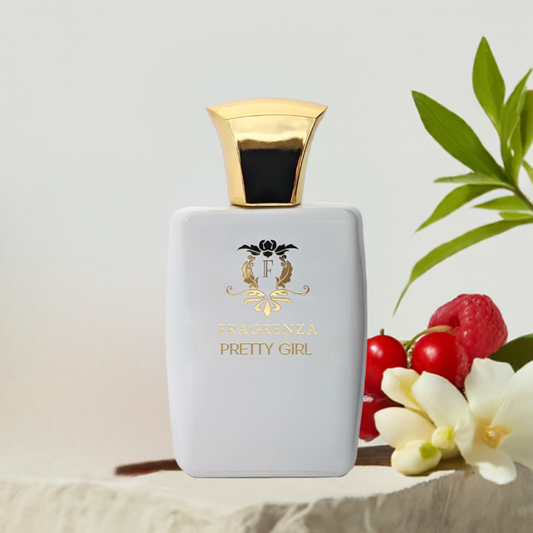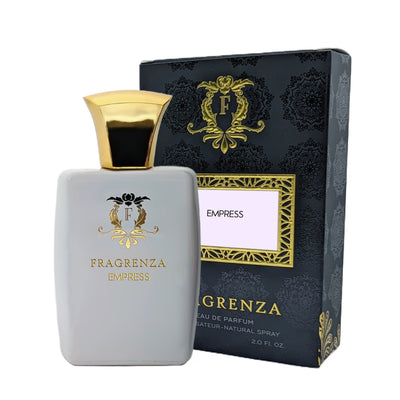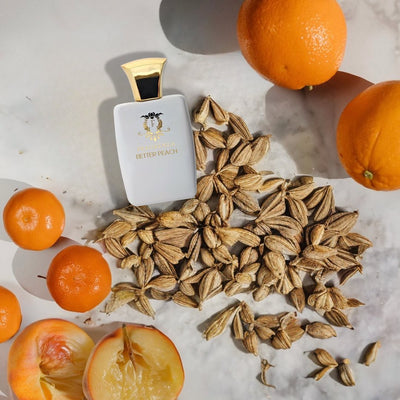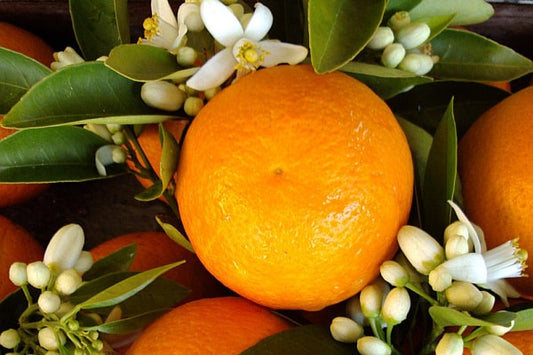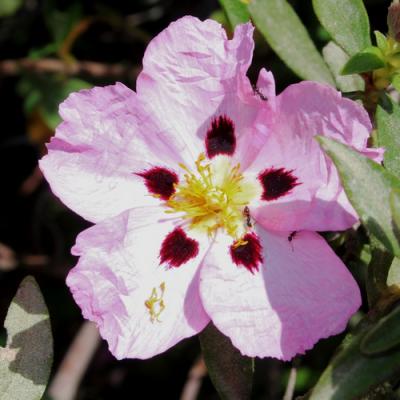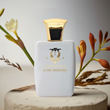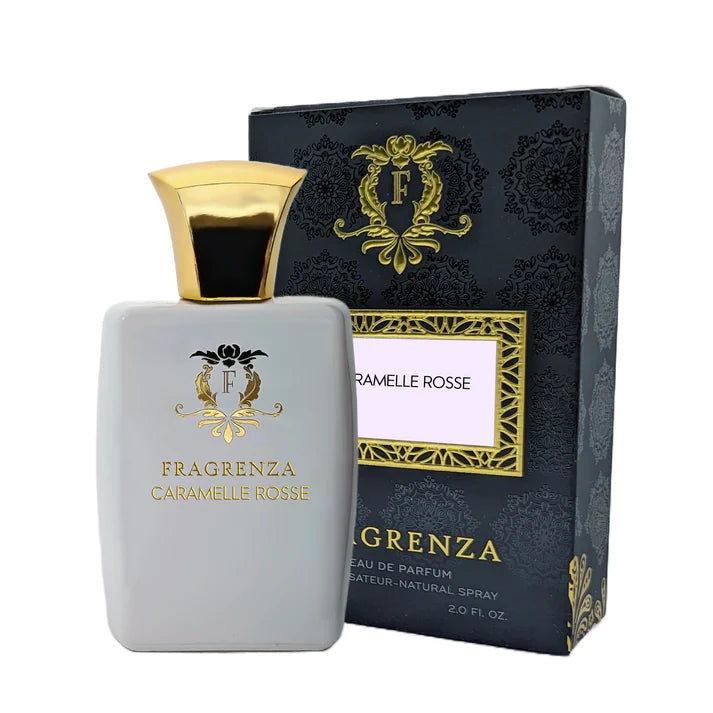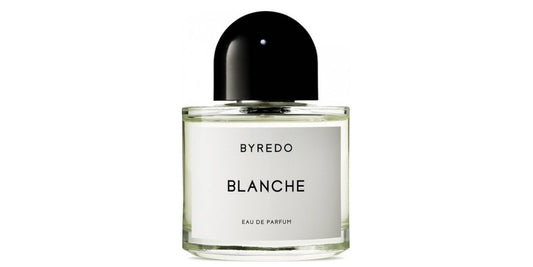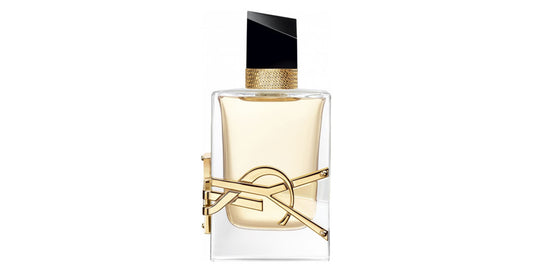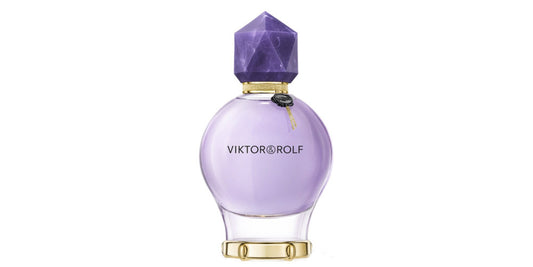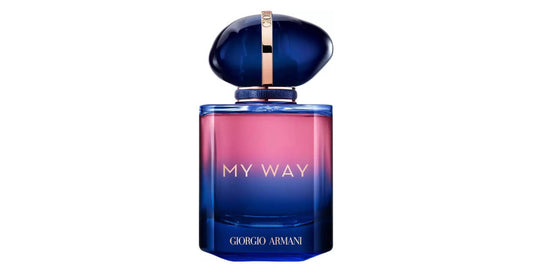Fig tree in perfumery

In This Article
The enticing fig notes were introduced to perfumes in the 1990s, offering a natural and intoxicating touch reminiscent of summer gardens in the Mediterranean.
Creating Fig Accords: Fruity Notes of the Mediterranean
Fig tree accords offer countless possibilities, limited only by the creativity of perfumers. The natural scent of a fig tree is characterized by a powerful sweetness with green and woody undertones. Warm and creamy, fig tree accords envelop the senses in sugar and wood. Perfumers can recreate this sensation using fig leaves, bark, or synthetic molecules, such as
Synthetic fig notes come in various interpretations, from creamy prunolide with peach or coconut scents to gamma octalactone. Coumarin contributes a powdery almond aroma to evoke sweet fruit, while stemone and glycollieral emphasize the fresh, green, and milky notes of flowering fig tree foliage. Consequently, perfumers can choose the scent tonality they wish to recreate from the fig tree and the fig.
The Fig Fragrance in All Its Facets
Given the density and variety of products used to create raw materials with fig tree notes, numerous fragrance families have been developed around this venerable tree.
The first perfume with fig accords, "Premier Figuier" by L'Artisan Parfumeur, was released in 1994. It aimed to precisely reproduce the woody and fruity olfactory experience of resting in the shade of a fig tree, with notes that are creamy, smooth, invigorating, and very green. In 1996, Diptyque's "Philosykos" reimagined these green and creamy fig accords by incorporating floral notes for added delight.
In the 2000s, the desire to recreate an entire Mediterranean garden positioned the fig note as a supporting role behind citrus fruits. Fragrances such as "Un Jardin en Méditerranée" by Hermès and "Ninfeo Moi" by Annick Goutal embody multifaceted Italian gardens where scents of citrus fruits, laurels, and figs mingle under the sun.
Released in 2010, "Womanity" by Thierry Mugler highlights the gourmet, woody and sweet fragrance of fig rather than the fig tree itself. The combination of fig and caviar notes results in a sublime fragrance with addictive sweet and savory accords that remain natural.
The resurgence of natural sources in perfumery since the 1990s has allowed the rediscovery of new raw materials, like the fig tree, that were previously underutilized in favor of more intoxicating notes. Given the growing success of these natural notes, the creativity of perfumers is likely to continue exploring the potential of these fruitful ingredients.
Modern Interpretations and Future Trends in Fig Fragrances
As consumer preferences evolve, perfumers continue to experiment with fig accords in new and innovative ways. The modern reinterpretations of fig fragrances showcase the versatility of this unique ingredient, pushing the boundaries of creativity and olfactory experiences.
Recent releases have combined fig with unexpected notes, such as spices, woods, or even aquatic elements, demonstrating the adaptability of fig accords in diverse fragrance compositions. These novel blends not only create intriguing scents but also appeal to a wider audience seeking unique and distinctive fragrances.
Unisex fragrances featuring fig notes have also gained popularity, as more individuals are drawn to scents that defy traditional gender boundaries. By exploring the various facets of fig accords, perfumers are able to create fragrances that cater to a broad range of tastes and preferences.
Looking ahead, we can expect to see even more innovative uses of fig in fragrances as perfumers continue to push the envelope in scent creation. The inclusion of sustainable and eco-friendly ingredients in perfumery is another growing trend, and fig tree extracts, as well as other natural materials, are likely to play a significant role in the future of fragrance development.
In conclusion, the enduring appeal of fig accords in perfumery is a testament to their versatility and the creativity of perfumers. As the industry continues to evolve and embrace new trends, fig fragrances will undoubtedly remain an essential part of the olfactory landscape, captivating the senses and inspiring the imagination.
